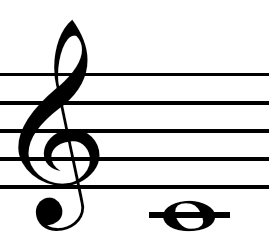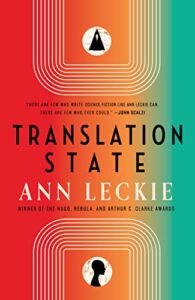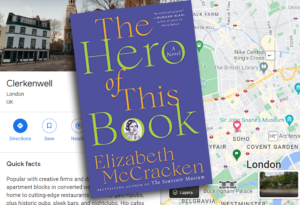 The musical notation we all know from the Sound of Music, Do, Re, Me, Fa, So, La, Te, Do, is called Solfège and comes from a system created by a Benedictine Monk in the eleven hundreds in Italy. The names come from “the first syllable of each line in the Latin hymn “Ut queant laxis”, the “Hymn to St. John the Baptist”, but they don’t actually mean anything by themselves.
The musical notation we all know from the Sound of Music, Do, Re, Me, Fa, So, La, Te, Do, is called Solfège and comes from a system created by a Benedictine Monk in the eleven hundreds in Italy. The names come from “the first syllable of each line in the Latin hymn “Ut queant laxis”, the “Hymn to St. John the Baptist”, but they don’t actually mean anything by themselves.
They also don’t sound like the notes we use in English. So, here’s a song I wrote to help with that. Thanks to Julie Andrews, You already know the tune. Here’s a question; if Ms. Andrews had sung it in Mary Poppins, would she have used Latin syllables?
Suffering Solfège
Do Re Me is how you learn the notes
in many foreign lands,
But for me and many folks
it’s somewhat hard to understand.
So I made up this little tune
For those who wish upon the moon,
for some way to learn their notes,
that just makes sense to us.
C, a thing we sail upon
D, it’s really not a word
E, is also not a word
F, at least Fa it starts with F
G, how easy can this be?
A, the grade you’d like to get
B, the question Hamlet asks
and that brings us back to C
(Now that wasn’t hard, was it? Here’s the second verse)
Do is C like that makes sense
Re somehow comes out as D
Me, works if your name is “E”
Fa at least it starts with F
So and now we get to G
La at least it ends in A
Te at least it rhymes with B
…and with Do we’re back to C
(I suppose I should bring it home with another verse, but I’m done for now.)
Here’s the Wiki Citation: Solfège. (2023, November 16). In Wikipedia. https://en.wikipedia.org/wiki/Solf%C3%A8ge
![Grimm Up North: A Yorkshire Murder Mystery (DCI Harry Grimm Crime Thrillers Book 1) by [David J. Gatward]](https://m.media-amazon.com/images/I/41XBVhbGDWL._SY346_.jpg) I happen to be going to the Yorkshire Dales in September, and I came across this series on Kindle Unlimited while browsing for a UK Police Procedural to read. That it takes place in places I’m going to visit is, well, a little creepy, but as a fan of UK Police dramas, it’s quite good.
I happen to be going to the Yorkshire Dales in September, and I came across this series on Kindle Unlimited while browsing for a UK Police Procedural to read. That it takes place in places I’m going to visit is, well, a little creepy, but as a fan of UK Police dramas, it’s quite good.

